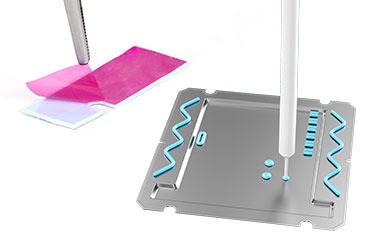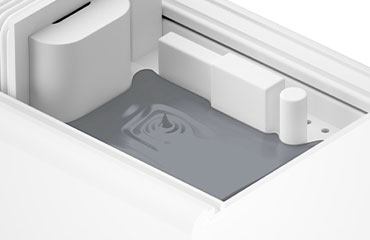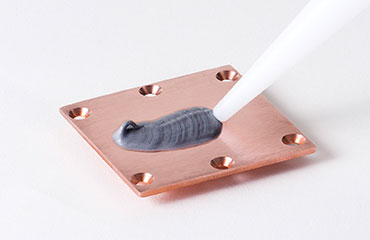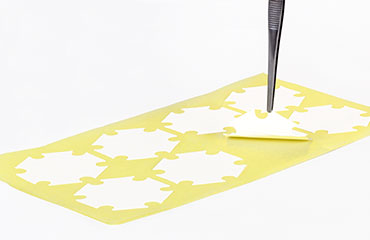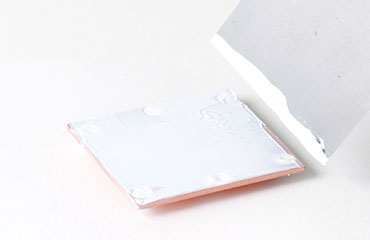The performance of electronic systems has been increasing steadily for years. At the same time, they are becoming smaller. This creates an ever greater challenge for manufacturers of applications with electronic systems to dissipate the heat loss to the environment in a controlled manner. Because if not enough heat is dissipated, excess temperatures occur that lead to loss of performance and wear. In the worst case, the application loses its functionality and fails. In order to ensure a long service life and thus save costs, efficient thermal management is therefore of great importance.
As a solution, special thermal interface materials (TIMs) have become established in many industries, which are used to conduct heat loss from the electrical component (heat source) to a heat sink. Such thermal interface materials are available in different variants, depending on the assembly and joining technology (AVT) of the application: elastomeric gap fillers, foils, films, graphite foils, silicone caps, potting compounds, adhesives, PSA adhesive tapes, thermal conductive pastes or phase change materials. In HALA’s portfolio, customers can find all common types of TIMs for individual efficient thermal management solutions on an industrial scale.


